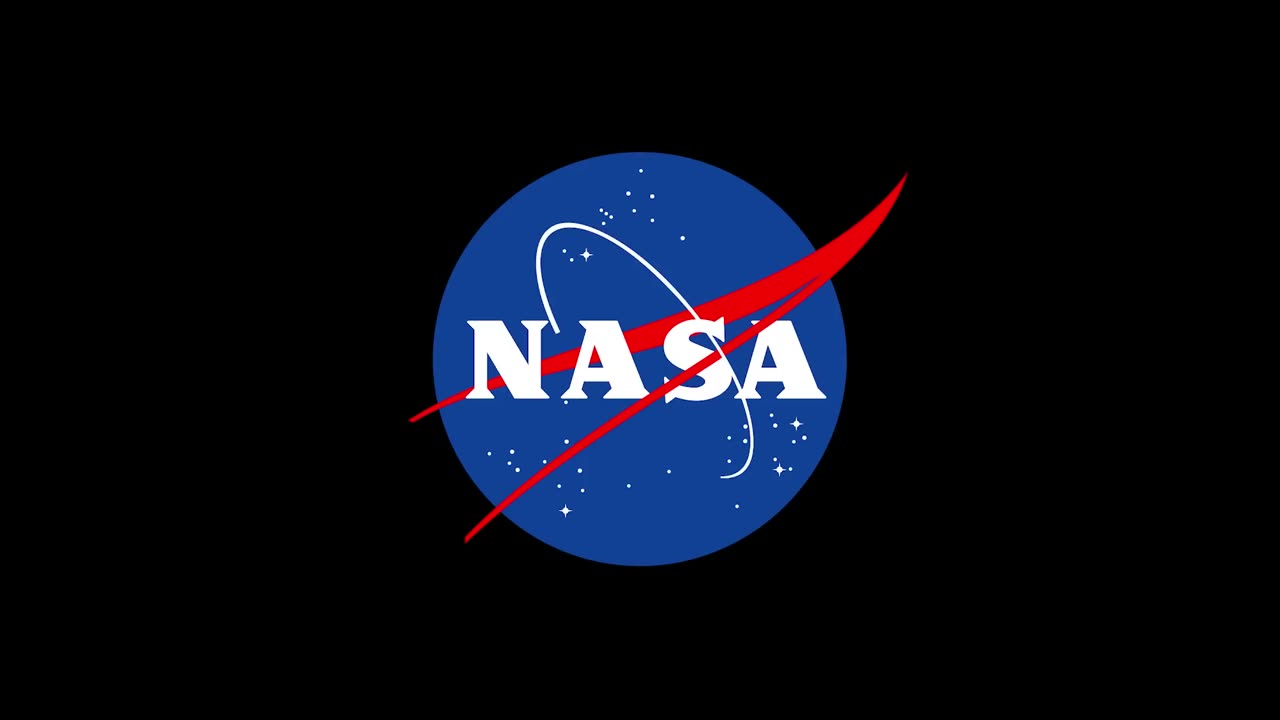Premium Only Content

New Supercomputer Simulation Sheds Light on Moon’s Origin
Formation Event: According to the Giant Impact Hypothesis, the Moon was formed approximately 4.5 billion years ago during the early stages of the solar system's formation. A Mars-sized celestial body, often called "Theia," is believed to have collided with the young Earth.
Violent Collision: The impact between Earth and Theia was incredibly powerful and violent. It's thought to have been a glancing blow rather than a direct head-on collision. The collision released an enormous amount of energy, causing both bodies to be subjected to intense heat and pressure.
Ejection of Material: The collision resulted in the ejection of a substantial amount of material from both Earth and Theia into space. This ejected material formed a large cloud or ring of debris surrounding Earth.
Moon Formation: Over time, the debris in the Earth's orbit began to coalesce and come together due to gravitational forces. This process ultimately led to the formation of the Moon. The material that formed the Moon primarily originated from the impactor (Theia) and Earth's outer layers.
Coalescence and Stabilization: As the Moon formed, it initially existed as a molten mass. Over millions of years, it gradually cooled and solidified. Eventually, the Moon's surface became stable, and it took on the familiar appearance we observe today.
-
 1:03:38
1:03:38
vivafrei
18 hours agoElection RECAP! Long-Count Chicanery! FULL Jan. 6 Pardons! Let's Mock Lichtman & MORE! Viva Frei
172K167 -
 LIVE
LIVE
Vigilant News Network
13 hours agoDoctors Drop Post-Election COVID Bombshell | Media Blackout
3,616 watching -
 14:13
14:13
Scammer Payback
12 days agoTelling Scammers Their Address
165K87 -
 5:43:21
5:43:21
Barstool Gambling
17 hours agoBig Cat and Co Sweat Out the Week 10 Sunday Slate | Barstool Gambling Cave
124K4 -
 2:49:36
2:49:36
The Jimmy Dore Show
2 days agoRumble Time Live w/ Jimmy Dore & Special Guests Roseanne Barr, Dr. Drew, Drea de Matteo & More!
586K713 -
 17:17
17:17
DeVory Darkins
1 day agoKamala Post-Election BOMBSHELL Exposes $1 BILLION Campaign DISASTER
110K254 -
 19:52
19:52
Stephen Gardner
1 day ago🔥HOLY CRAP! Trump just did the UNTHINKABLE!!
110K622 -
 4:34:55
4:34:55
Pepkilla
17 hours agoBlackops Terminus Zombies Boat Glitch
159K10 -
 5:50
5:50
CapEx
1 day ago $25.98 earnedWhat the Coming & Inevitable Sovereign Debt Crisis Means for YOU | CapEx Insider
141K39 -
 1:34:00
1:34:00
Tactical Advisor
18 hours agoAR15 Giveaway WINNER/Trump Winning | Vault Room Live Stream 008
98.5K44